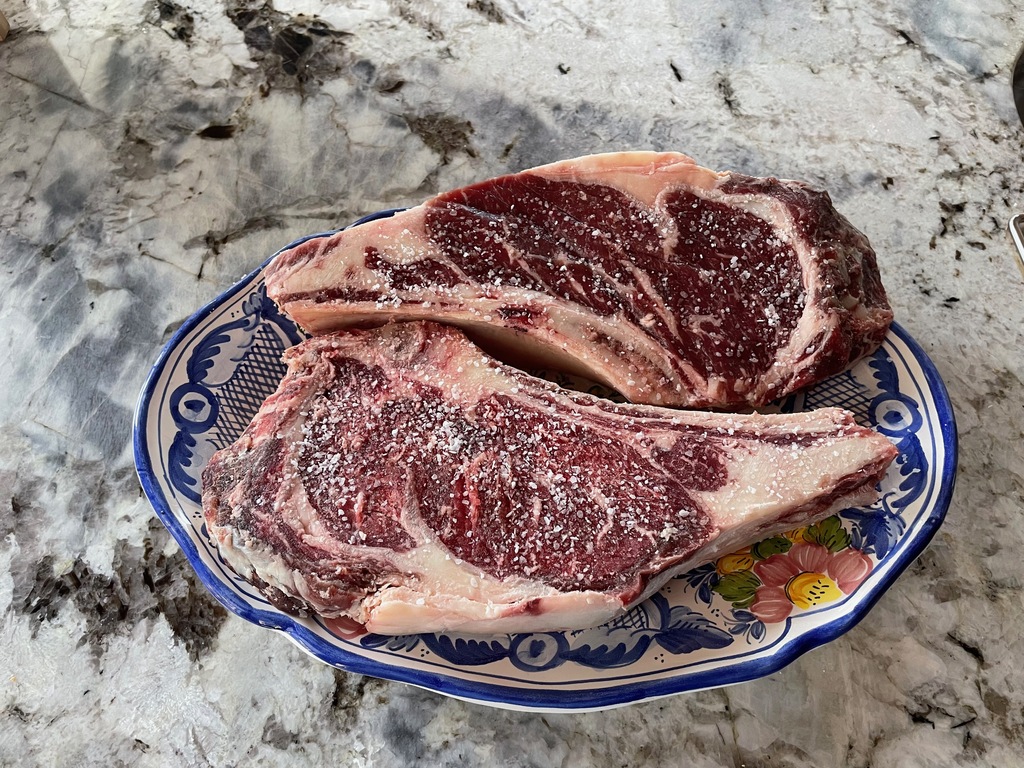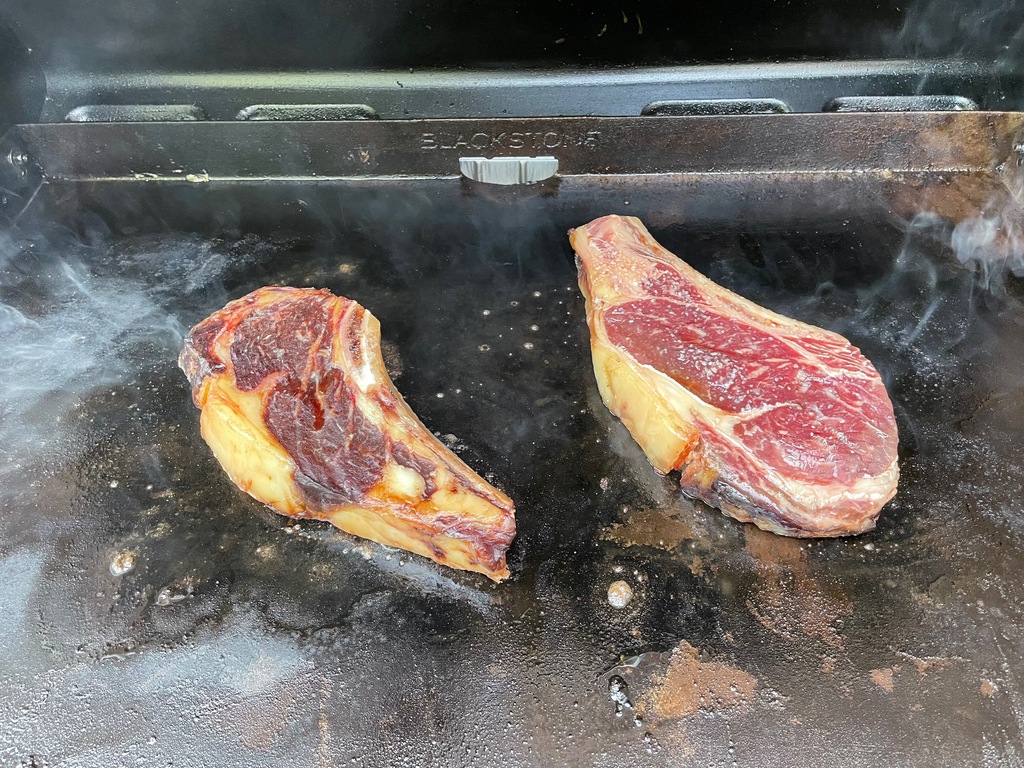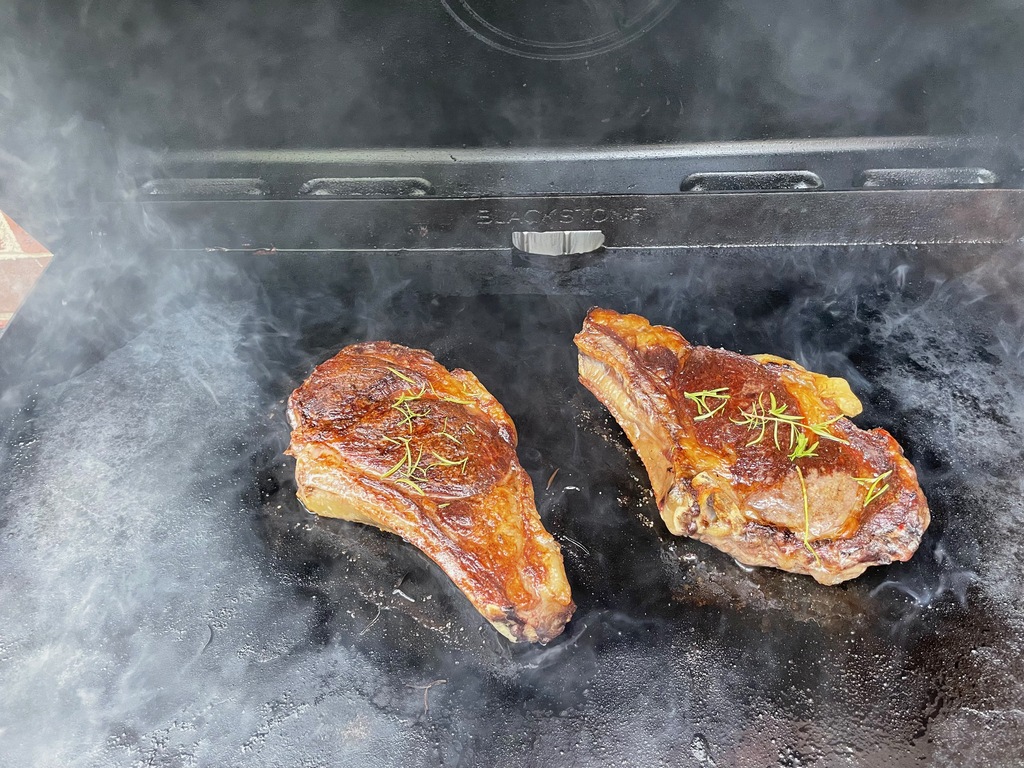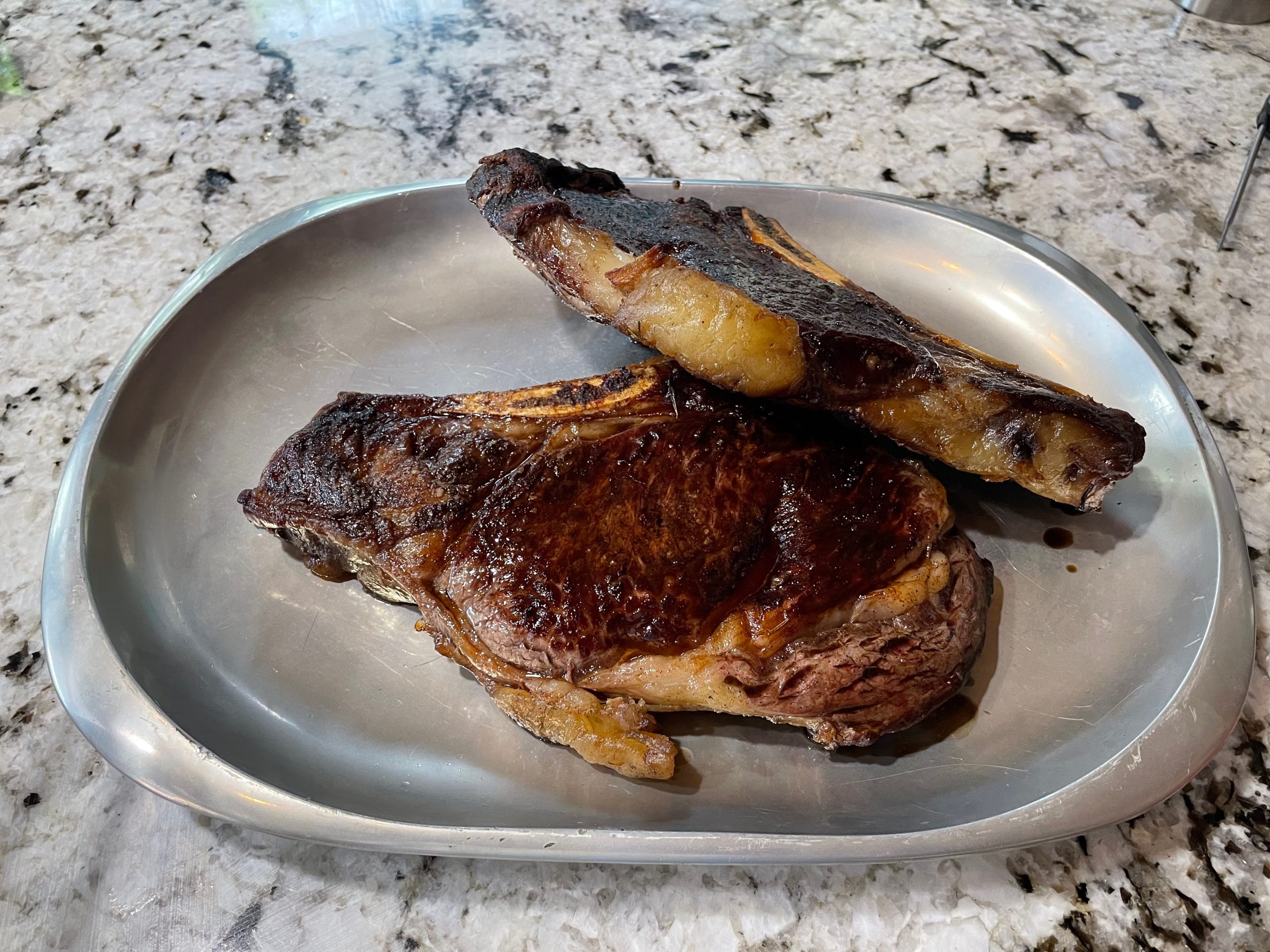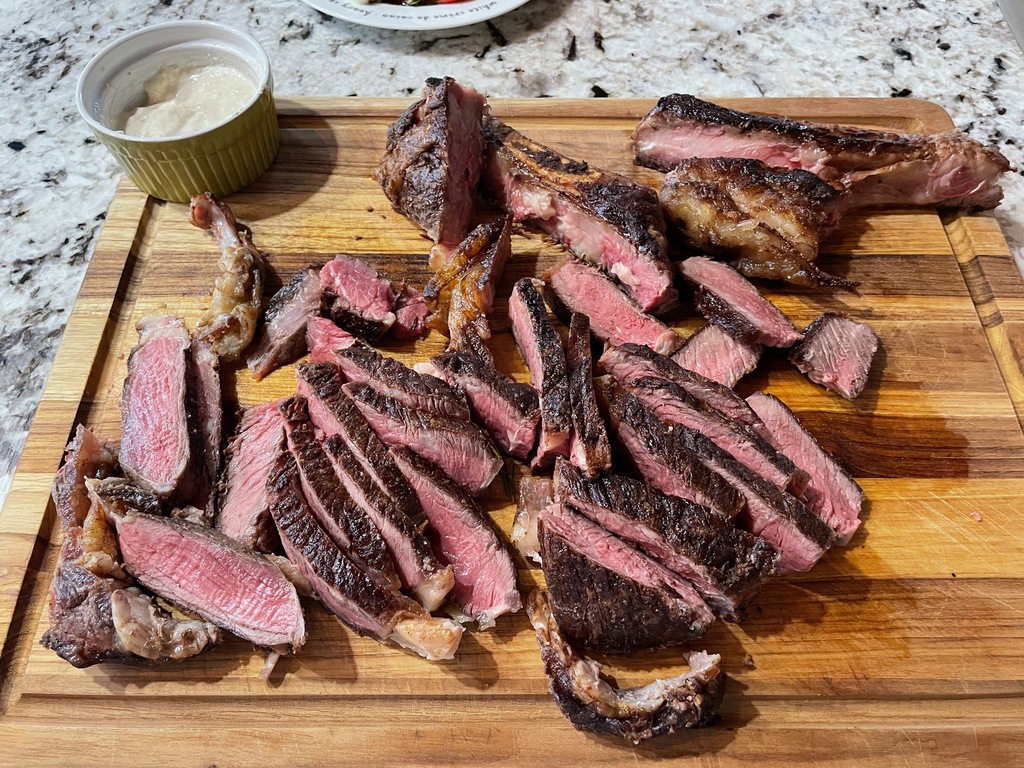Introduction:
When it comes to selecting a mouthwatering steak, most people focus on factors such as marbling, tenderness, and juiciness. However, there’s another key characteristic that often goes unnoticed but can be a telling sign of a truly exceptional steak – yellow fat. The presence of vibrant yellow fat in a steak indicates an abundance of carotene, the same nutrient that gives carrots their orange color. Not only does this vibrant hue add visual appeal to your meal, but it also serves as a valuable indicator of superior quality and a grass-fed diet. Let’s explore why yellow fat is an auspicious sign of a great steak.
The Carotene Connection:
Carotene is a pigment that belongs to a class of antioxidants called carotenoids. It is naturally found in green plants and is transferred to animals through their diet. When cattle consume carotene-rich grass, it gets deposited in their fat, resulting in the golden yellow hue we see in high-quality steaks. The presence of carotene not only enhances the color of the fat but also indicates the presence of essential nutrients and vitamins.
A Sign of Grass-Fed Excellence:
Yellow fat is a clear indication that the animal was raised on a diet primarily composed of grass or high-quality feed. Grass-fed cattle enjoy a more natural and nutrient-rich diet, resulting in a healthier and happier animal. Their diet is typically lower in inflammatory omega-6 fatty acids and higher in beneficial omega-3 fatty acids. Additionally, the presence of carotene suggests that the cattle had ample access to lush green pastures, contributing to the overall well-being and flavor profile of the meat.
The Benefits of Carotene:
Carotene is not only responsible for the enticing yellow hue of the fat; it also offers numerous health benefits. As an antioxidant, carotene helps protect our bodies against harmful free radicals and supports a robust immune system. Furthermore, carotene is a precursor to vitamin A, an essential nutrient for maintaining healthy vision, skin, and overall growth.
Conclusion:
Next time you’re selecting a steak, pay attention to the color of the fat. A vibrant yellow hue is a positive sign, indicating the presence of carotene, a result of a grass-fed diet and high-quality feed. Not only does yellow fat add an appealing visual element to your plate, but it also signifies a healthier and more flavorful cut of meat. So, embrace the golden indicator and savor the delicious benefits of a steak with yellow fat.
